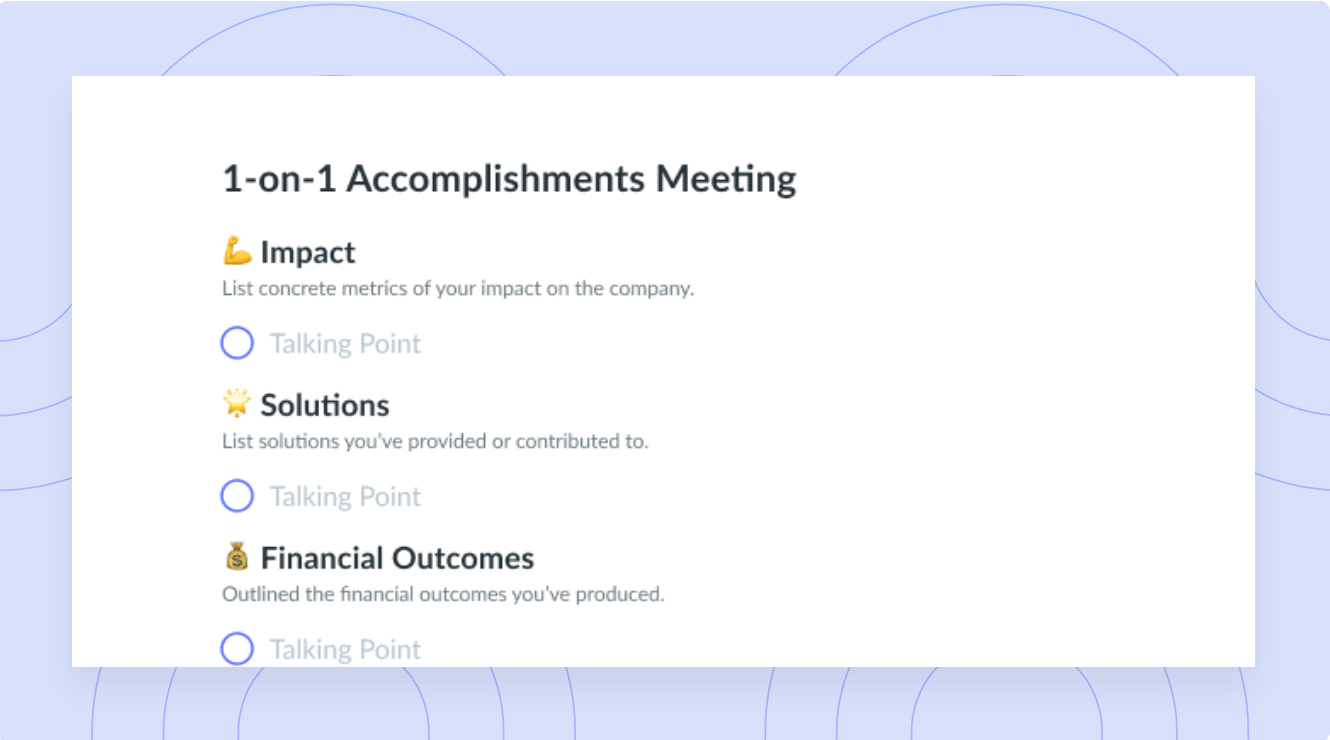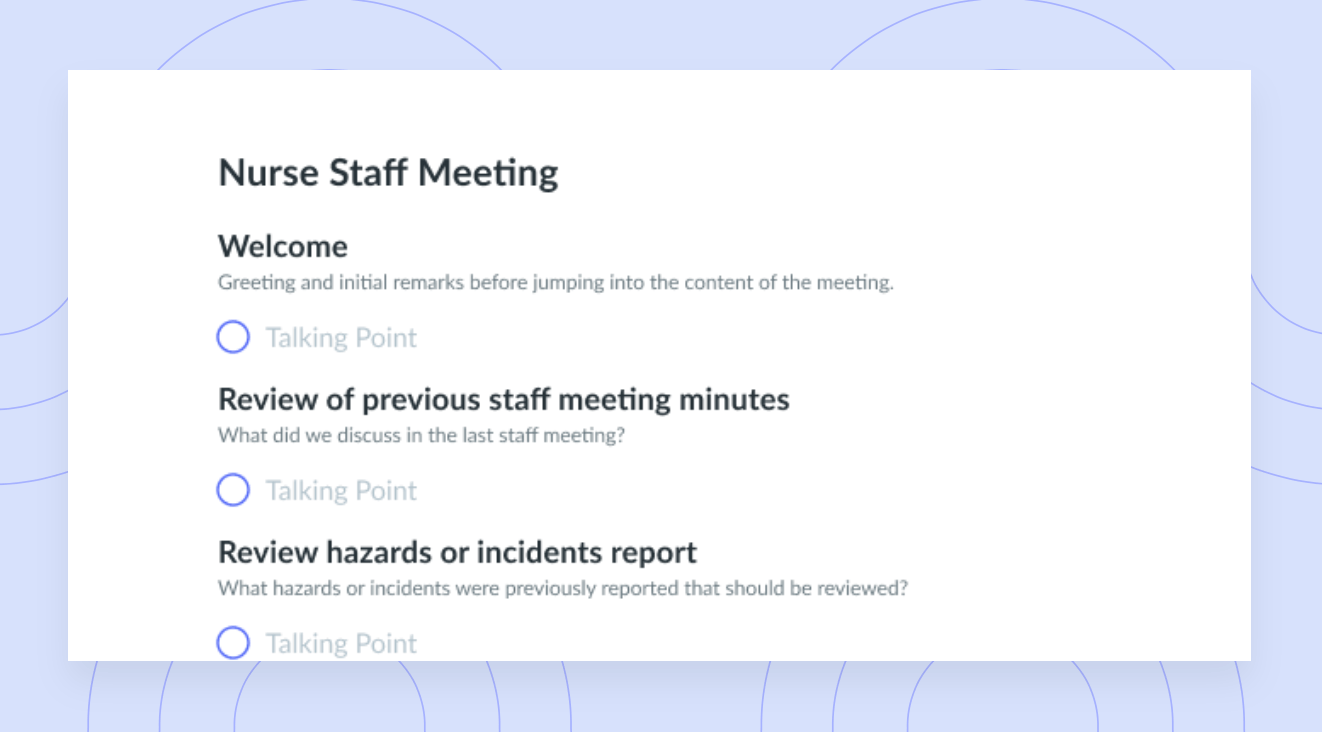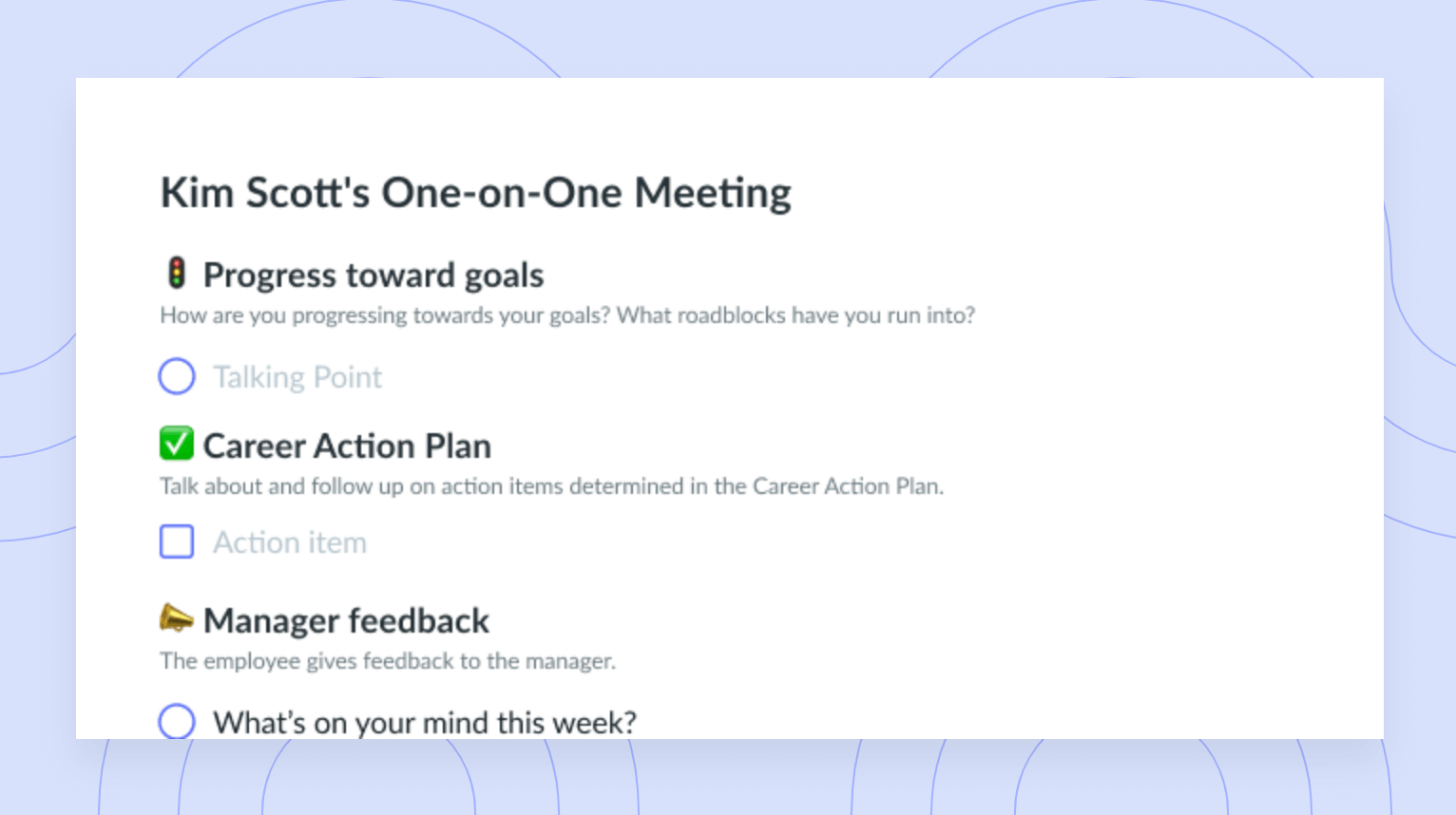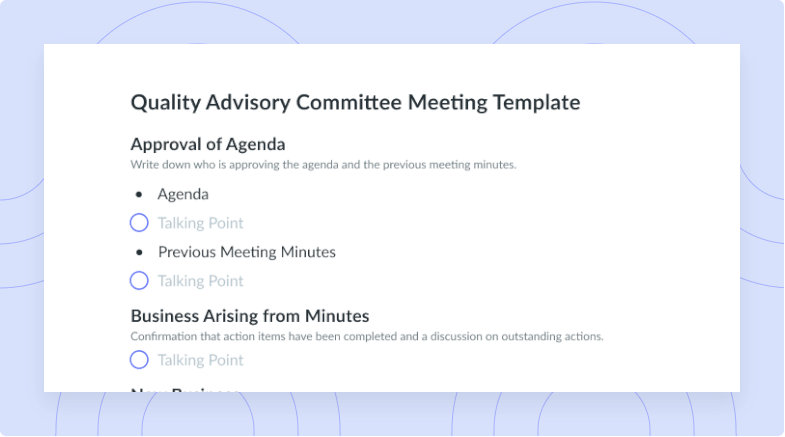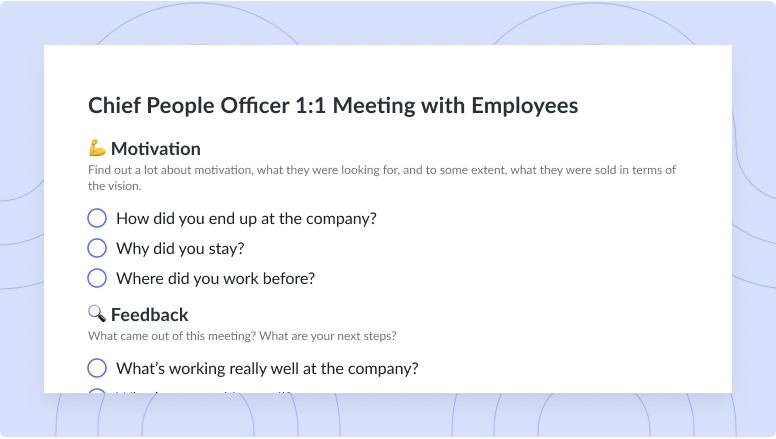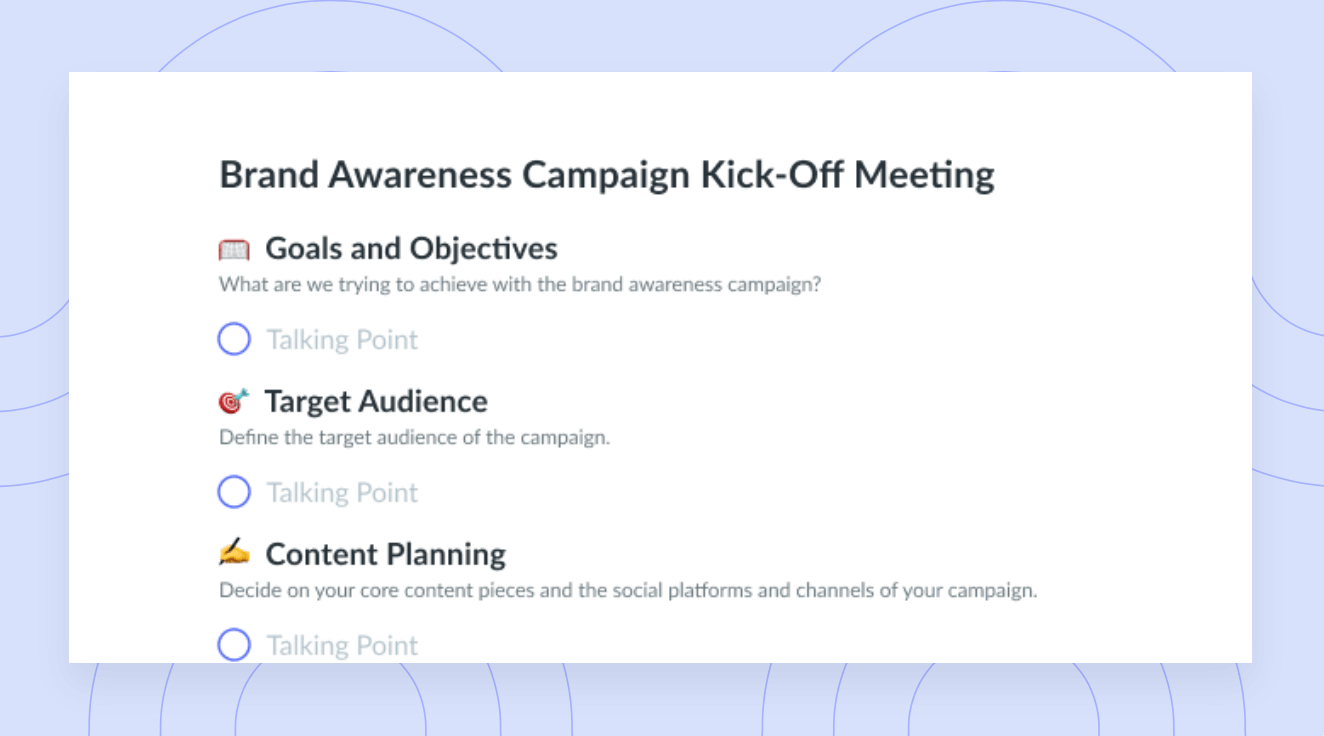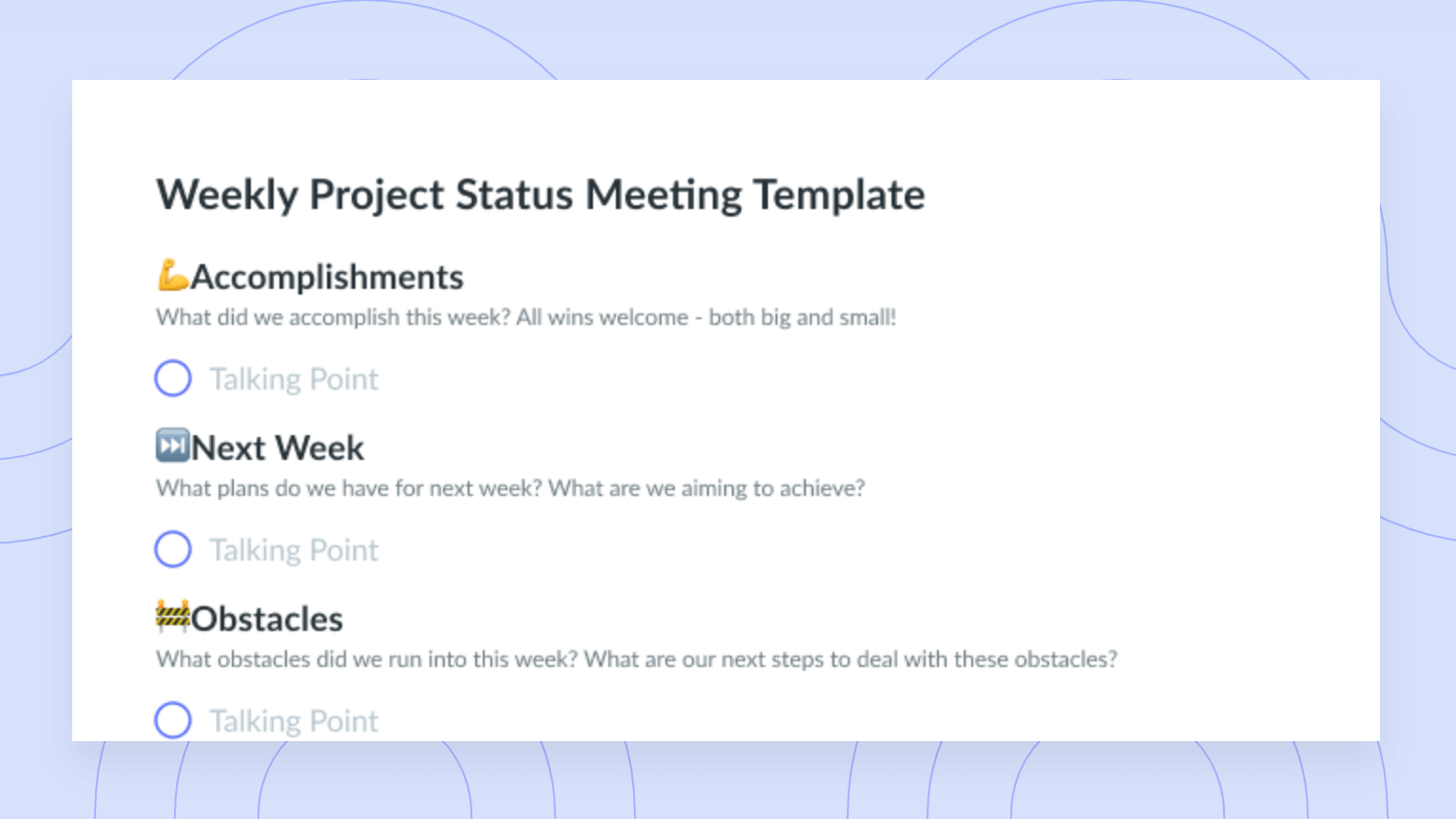Words Matter: Is Your Digital Communication Style Impacting Your Employees?
As a boss, what you say (and how you say it) impacts employee engagement, psychological safety, happiness at work and – well, everything.
It should not come as a surprise that managers play a huge role in the overall happiness and wellbeing of employees. But how a manager communicates – even over email or direct message – can have a tremendous impact on how an employee feels about their job and their contributions at work.
Think about it – everyone has at least one story about an interaction with a boss that left them a little bewildered, anxious, or even doubting their own work. One instance that I remember well occurred over email and went something like this:
Me – Email to Boss
Hi there,
Please find attached the briefing note in preparation for your meeting tomorrow. There are a few things I would like to draw your attention to, but they are best explained in person. Can we chat for 10 minutes around 11am or 2pm? I see you have free slots in your calendar at those times.
Best,
Sam
Boss – Email to Me
K.
Cue the internal questioning and anxiety. Does this mean I should schedule an 11am or a 2pm meeting? Did she even read my email? She doesn’t sound happy. Did I miss something? Ugh!
- Good communication is the foundation
- The importance of punctuation
- Five tips to improve your digital communication
Good communication is the foundation of everything
A wealth of research shows that there are two key factors employees value most in workplaces: good work organization, and psychological safety. This means that employees thrive in environments where they are provided with tools, autonomy and guidance in addition to being able to freely share ideas and contributions without fear of negative consequences impacting their self image or career status.
And do you know what underpins both of these factors? Yes, you guessed it – good communication.
When it comes to communication, my go-to quote of the moment is from Alice Ko, Gallup Certified Strengths Coach, who shared this pithy piece of wisdom in a recent interview for Fellow’s Supermanager’s podcast:
“Communication creates clarity, and clarity creates calm.”
Ah, music to my ears. Yes! As Alice explains in her interview, when you communicate well, your team understands your vision, your expectations, and the context in which their work is taking place. This in turn increases psychological safety within the team, making it more comfortable for team members to speak up and share ideas (or even disagree with ideas!) without fearing backlash or criticism. Furthermore, happy, psychologically safe employees serve to increase productivity, retention, and so much more.

Pro tip
Use a meeting management tool like Fellow to have a collaborative agenda so everyone can prepare to share their ideas and ensure their voice is heard.
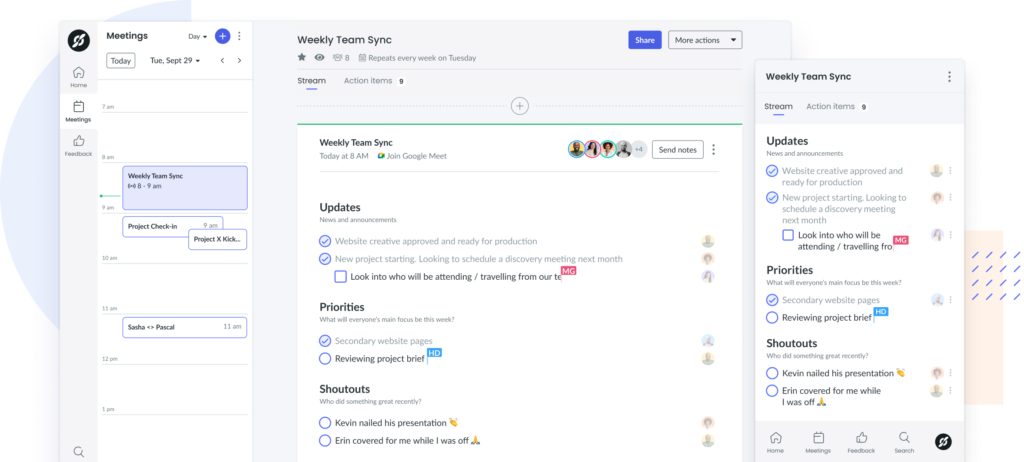
Like most things in life though, communicating well sounds simple, but is a lot easier said than done. It takes dedication, work, and a whole lot of practice to become a better communicator – even when that communication is taking place via email or text. And as if all of this wasn’t already challenging enough, even when you think you’re communicating well, direct reports will still interpret what you say and how you say it based on their backgrounds, assumptions, biases, previous experiences, and the generation to which they belong.
The importance of punctuation
Case in point: In 2019 I had the privilege of sitting in on a brilliant presentation by Priya Ramji, emotional intelligence expert and founder of Six Sense. In her presentation, she argued that Millennials communicate with entirely different standards and expectations than more senior generations, and they mostly communicate by digital written word (email, text etc.). Throughout her presentation she shared (hilarious) examples of intergenerational business communications that could easily lead to misunderstandings in the workplace. One of my favourites highlighted the importance of punctuation in digital communication:
Thanks. vs. Thanks!
Period at the end: Eek! Ok, to be fair, to some professionals (like my dad, for instance) the period is fine. It simply marks the end of the phrase. It doesn’t mean anything. To others though, (like me!) the period can come across as insincere, abrupt, or even a wee bit sarcastic, like “thanks, but really, thanks for nothing!”
Exclamation mark at the end: Ah, for me, this is much better! In general, the exclamation mark at the end comes across as positive, friendly, and legitimately thankful. In contrast though, some people might interpret this as a wee bit excited or overzealous.
Here’s another communication mix-up that happened to me early on in my career that many can likely relate to:
Boss at 5pm: Hey! Can you send me the updated metrics for Q2?
Me [frantically works until 8pm to collect and send updated metrics]: Of course! Please see attached. Let me know if you need anything else. Have a good night!
Boss four days later: Thank you! Can you send Q3 too?
Me: [What the heck? Did he not need those numbers right away? What is this even for?]
Five tips to improve your digital communication as a manager
So, in today’s COVID-19 mostly-digital-still-working-from-home world how can you as a manager improve your digital communication with your employees and avoid misunderstandings, inducing anxiety, and creating psychologically unsafe work environments? Here are five tips!
- Put yourself in their shoes
- Mind the punctuation
- Always respond
- Practice CATTE
- Balance digital interactions
1 Put yourself in their shoes
Before sending any form of digital communication pause for a moment and ask yourself a few questions:
- How will this message be received?
- How is my staff member likely to interpret this?
- Am I being as clear as I can be?
- What kinds of questions are they likely to have about this?
2 Mind the punctuation
Ok, sure, excessive use of the exclamation mark is generally frowned upon in professional writing – but we’re talking about corresponding with employees here not writing a Master’s thesis. There is a big difference between your boss sending you “Great.” and “Great!” Choose wisely, and by wisely, I mean choose the second one.
3 Always respond
There’s not much that’s worse than sending your boss a thoughtfully worded email or direct message to hear nothing but crickets in return. It is important to always, always respond to your employees even if it looks like this:
“Received, thank you!”
“Thanks! Busy day – will get back to you later this week.”
“Thanks for your email. I don’t have an answer to your question at the moment, but give me a few days to think about it.”
4 Practice CATTE
One of the pieces of wisdom shared by Alice Ko on Supermanagers, is to always practice CATTE in all forms of communication – but it’s especially important in digital communication. What is CATTE exactly? Imagine yourself responding to an email from your employee and giving them directions on a deliverable:
- Did you add Context? Remember, your employee may not know why you’re asking what you’re asking, how it fits into the overall project, or how quickly you need them to get started. Be sure to add a bit of context to your communication.
- Did you Answer the question? This is particularly important because not answering the question only serves to stall progress and prompts yet another email exchange. Pro tip: Write your response and then quickly re-read the employee’s email to ensure you covered everything they asked.
- Did you add a Timeline? Attaching a timeframe to your correspondence helps employees understand whether the request is top priority, or whether or not they should follow up with you later. Here are some examples:
– RWR: means “reply when ready” allowing the recipient the freedom to continue with their current task and answer later (credit: Alice Ko)
– TS means “time sensitive” indicating that this is an all-hands on deck moment and you need answers ASAP (credit: Alice Ko)
– If I don’t get back to you by Thursday, please follow up with me.
– I’d like to fit this piece into our August workplan. Can you suggest a deadline that would work for you?
- Were you Transparent? Have you been open and honest in your explanation or is there something that you’re leaving out?
- Did you add an Emoji or some Emotion? While not every workplace will use emojis, adding a bit of emotion to your email is easy and sounds something like this:
– This is great, thank you! Go team!
– This email made my morning, thank you!
– Thanks for all your efforts – really appreciated!
5 Balance digital interactions with a bit of face-to-face
While digital communication is a popular choice, especially now as many of us are still out of the office and working from home, there are indeed conversations that are best to have face-to-face (or on video conference) such as:
- Project kick-off meetings or post-mortems
- When discussing specific feedback or anything related to job performance
- When discussing sensitive workplace issues or projects
- When you have something personal to discuss that impacts work (death of a loved one and upcoming bereavement leave)
Now don’t misunderstand. Face-to-face conversations aren’t any easier than digital communications – and in fact, many managers find them downright challenging. Pro tip: prepare in advance, follow steps 1-4 above, use meeting tools like Fellow’s collaborative meeting agendas, and keep a set of talking points or notes for yourself.
Parting advice: Practice makes perfect
“Communication works for those who work at it.” – John Powell
Remember, becoming a better communicator takes practice – a lot of practice. The more you do it, and the more you ask for specific feedback (i.e., Was my email clear? Or did you have questions?) the better you will become.









